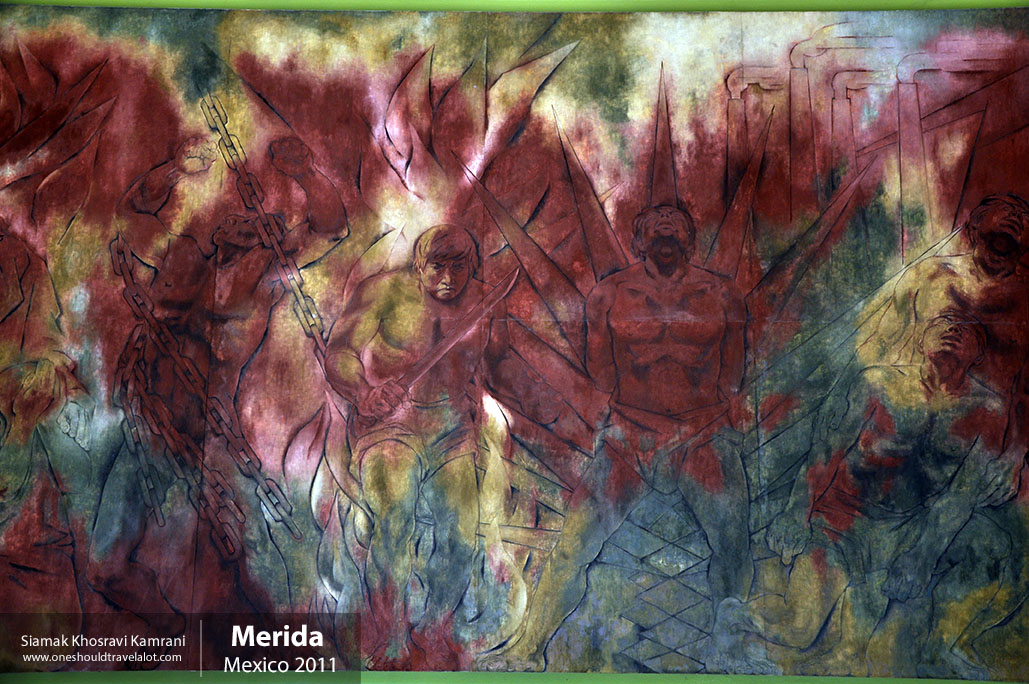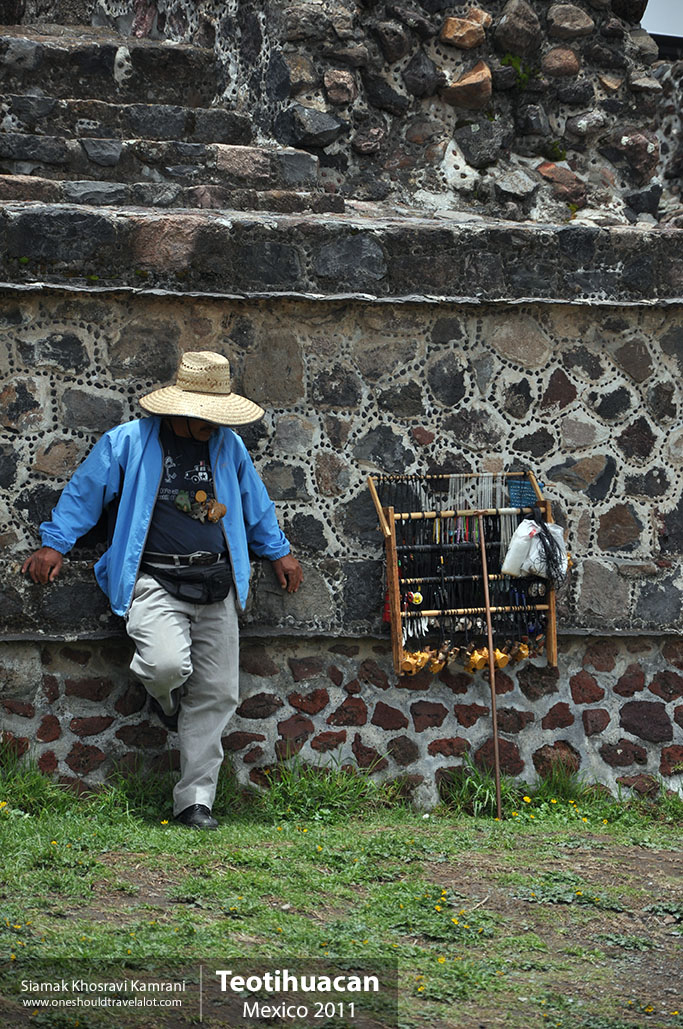Discovering Guanajuato: A Photographer’s Journey
As I stepped off the bus and onto the cobblestone streets of Guanajuato, Mexico, I felt as if I had been transported into a vibrant painting. The city, nestled in a narrow valley, greeted me with a kaleidoscope of colors splashed across the façades of colonial buildings. Each turn promised new visual delights, and I couldn’t wait to capture it all through my lens.
First Impressions of Guanajuato
Guanajuato immediately struck me as a city where history and modern life are seamlessly intertwined. Founded in 1559, this former mining town still retains its colonial charm, with narrow alleyways that seem to invite exploration and adventure. The atmosphere is lively yet relaxed, with a sense of pride in the air. Locals go about their daily routines with an air of tranquility, and the occasional street musician adds a soundtrack to the bustling scenes.
A Tapestry of Culture and Tradition
The cultural richness of Guanajuato is evident in its festivals, architecture, and daily life. The city is a UNESCO World Heritage Site, and it’s easy to see why. Every building, every square, and every street corner seems to tell a story. The most striking feature is the city’s vibrant colors – deep blues, rich reds, and sunny yellows – that give Guanajuato its unique charm.
Exploring the Alleyways
I spent my first day wandering through the narrow alleyways, each one a new adventure. One of the most famous is Callejón del Beso, or the Alley of the Kiss. This tiny alley is so narrow that lovers can kiss from opposite balconies. Legend has it that a tragic love story took place here, adding a sense of romance and mystery to the site. I captured the intimate space with my camera, the warm sunlight casting long shadows that added depth to the narrow passage.
The Heartbeat of the City: Jardín de la Unión
The Jardín de la Unión is the main square and the beating heart of Guanajuato. Surrounded by beautifully pruned trees and historic buildings, the square is a hub of activity. Street vendors sell everything from handmade crafts to delicious snacks, and the air is filled with the sounds of laughter and music. I spent hours here, photographing the vibrant life that pulses through the square. From children playing to couples enjoying a quiet moment, the Jardín de la Unión is a microcosm of Guanajuato’s soul.
The Language of Guanajuato
While Spanish is the predominant language, the people of Guanajuato have a unique way of speaking that reflects their cultural heritage. The local dialect is filled with expressions that are unique to the region, adding a musical quality to their speech. As I interacted with the locals, I found them to be incredibly friendly and eager to share their stories. Their hospitality made me feel at home, and their pride in their city was contagious.
The Architectural Marvels
Guanajuato is a treasure trove of architectural wonders, from its churches to its historic homes. The Basilica of Our Lady of Guanajuato is a must-see. This stunning church, with its bright yellow façade and baroque interior, is a testament to the city’s rich religious heritage. I spent hours photographing the intricate details of the church, from the ornate altars to the beautiful stained-glass windows.
The Mummies of Guanajuato
One of the most intriguing and eerie attractions in Guanajuato is the Mummy Museum. Here, naturally mummified bodies, exhumed from the local cemetery, are on display. The mummies, some still in their burial clothes, are a haunting reminder of the city’s past. While photographing the mummies, I couldn’t help but feel a sense of reverence for these preserved bodies and the stories they carry.
The Festivals and Celebrations
Guanajuato is known for its vibrant festivals, the most famous being the Cervantino International Festival. Held every October, this festival celebrates the arts with performances, exhibitions, and events that attract artists and visitors from around the world. Although I missed the festival, the city still buzzed with the remnants of its energy. Posters and decorations were everywhere, hinting at the lively spirit that takes over Guanajuato during this time.
Day of the Dead
Another significant celebration is the Day of the Dead, which I was fortunate enough to experience. This festival, honoring deceased loved ones, is a blend of indigenous traditions and Catholic beliefs. Altars adorned with marigolds, candles, and photographs filled the streets, and people dressed as skeletons paraded through the city. I captured these moments with my camera, the vivid colors and poignant expressions creating powerful images that conveyed the deep cultural significance of the event.
The People of Guanajuato
The true essence of Guanajuato lies in its people. They are warm, welcoming, and proud of their heritage. From artisans to shopkeepers, everyone I met had a story to tell. One afternoon, I visited a local silver workshop, where craftsmen have been creating beautiful jewelry for generations. Watching them work, I was struck by their skill and dedication. I took photos of their hands, rough from years of labor, delicately shaping silver into intricate designs.
The Cuisine: A Culinary Adventure
No visit to Guanajuato would be complete without indulging in its culinary delights. The city’s food is a reflection of its rich history and diverse influences. I began my gastronomic journey with enchiladas mineras, a traditional dish made with red chili sauce, potatoes, and carrots, topped with cheese and lettuce. The flavors were bold and comforting, a true taste of Guanajuato.
Street food is also a big part of the local culture. I couldn’t resist trying the tacos al pastor from a small stand in the Jardín de la Unión. The marinated pork, cooked on a vertical spit and served with pineapple, cilantro, and onions, was a burst of flavors that left me craving more.
A Day in the Life
One of my favorite experiences was spending a day with a local family. They invited me into their home, where I got to witness their daily life. We visited the market together, a bustling place filled with fresh produce, meats, and spices. The family’s matriarch, Doña Rosa, showed me how to make tamales, a traditional Mexican dish. As we cooked, she shared stories of her childhood and the traditions that have been passed down through generations.
Capturing Guanajuato’s Essence
As my time in Guanajuato drew to a close, I reflected on the myriad of experiences and images I had collected. This city, with its rich history, vibrant culture, and warm people, had left an indelible mark on me. Through my lens, I had captured not just the beauty of Guanajuato, but its spirit. Each photograph told a story – of love and loss, of tradition and modernity, of a city that continues to enchant and inspire.



